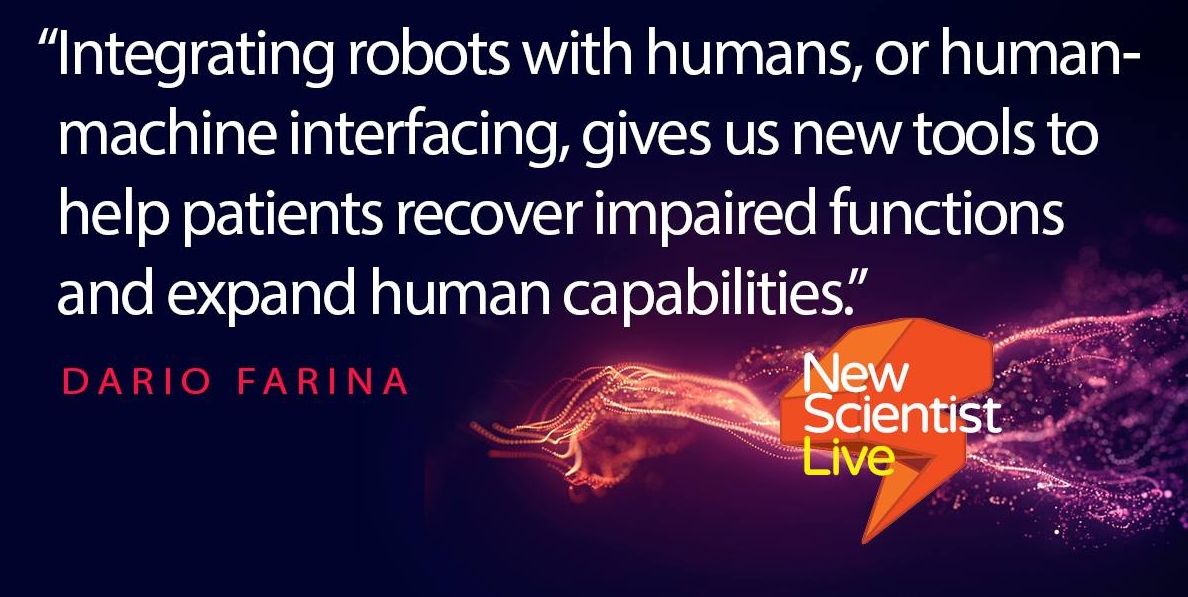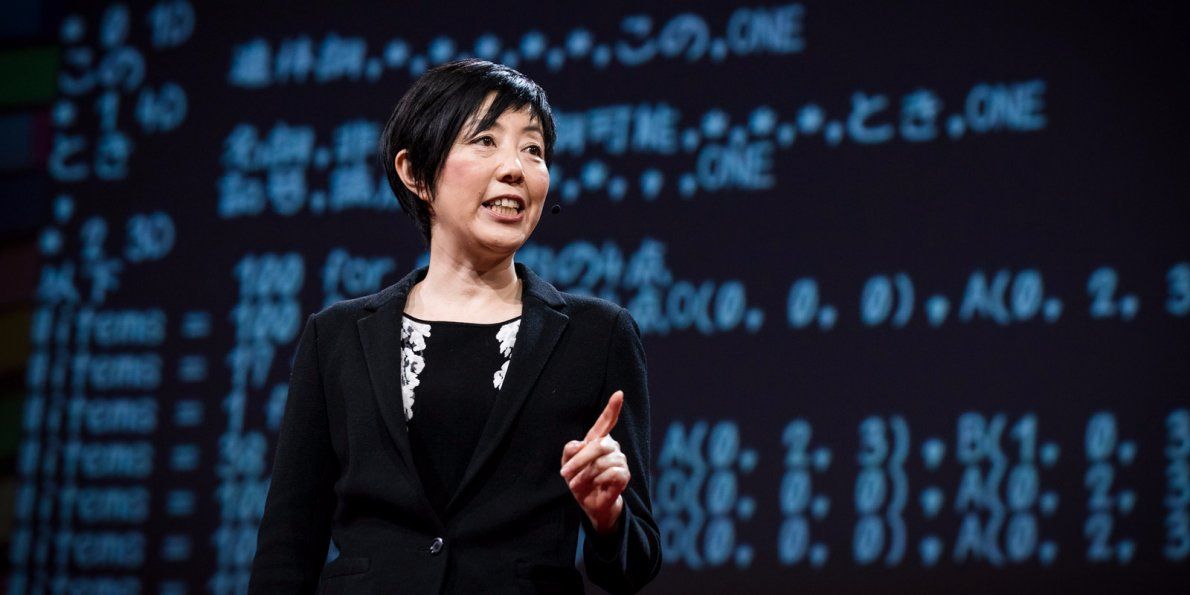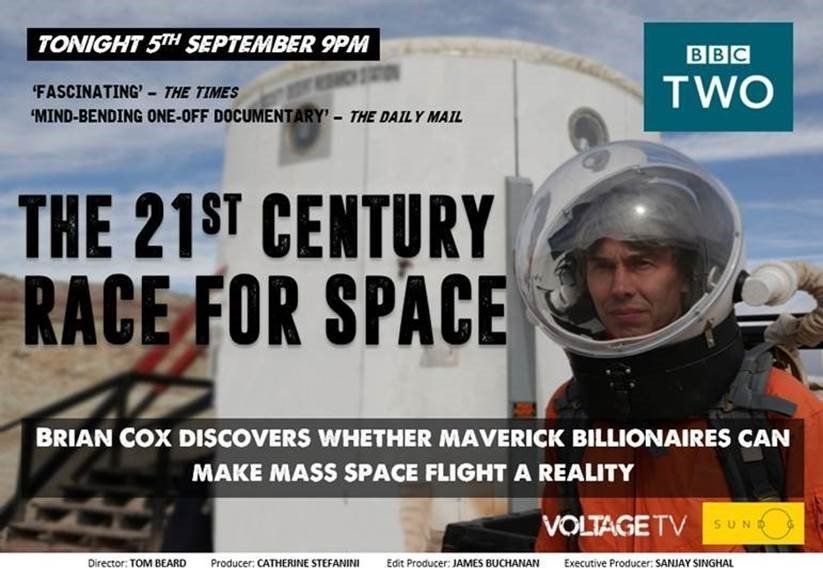Ariadna Font Llitjós of IBM Emerging Technology, Director of Emerging Technology Experiences at IBM Experiences, moderated the MIT Venture Capital + Innovation Conference at the MIT Sloan School of Management on June 2017. The main question of this panel was “What do Machine Learning and Artificial Intelligence mean for our future?”
Experts * S. Somasegar of Madrona Venture Group * Karl Iagnemma of NuTonomy, CEO of Nutonomy and Principal Research Scientist at MIT * Gareth Keane of Qualcomm Ventures * Saikat Dey of GuardHat, Co-Founder of GuardHat.






